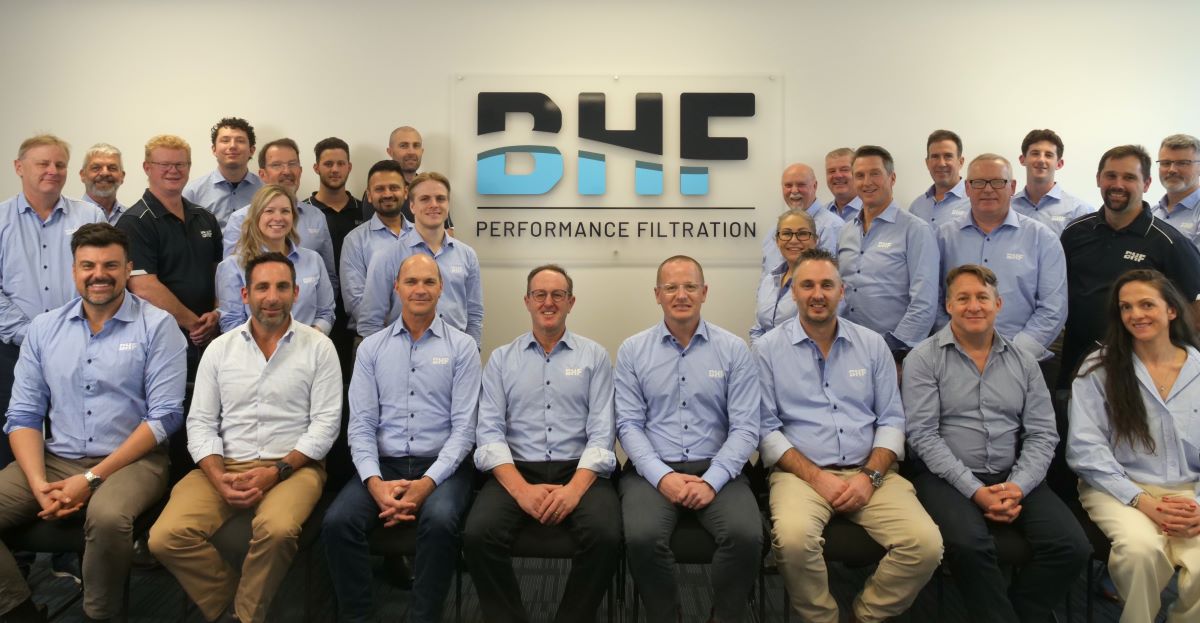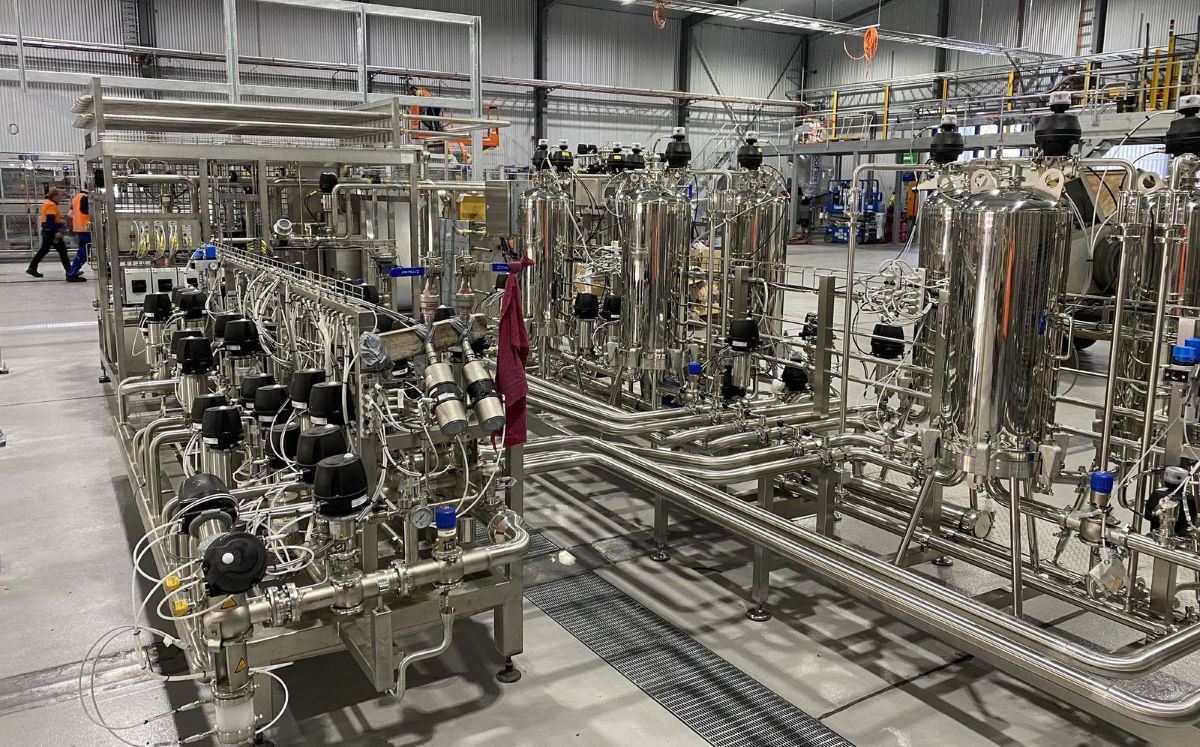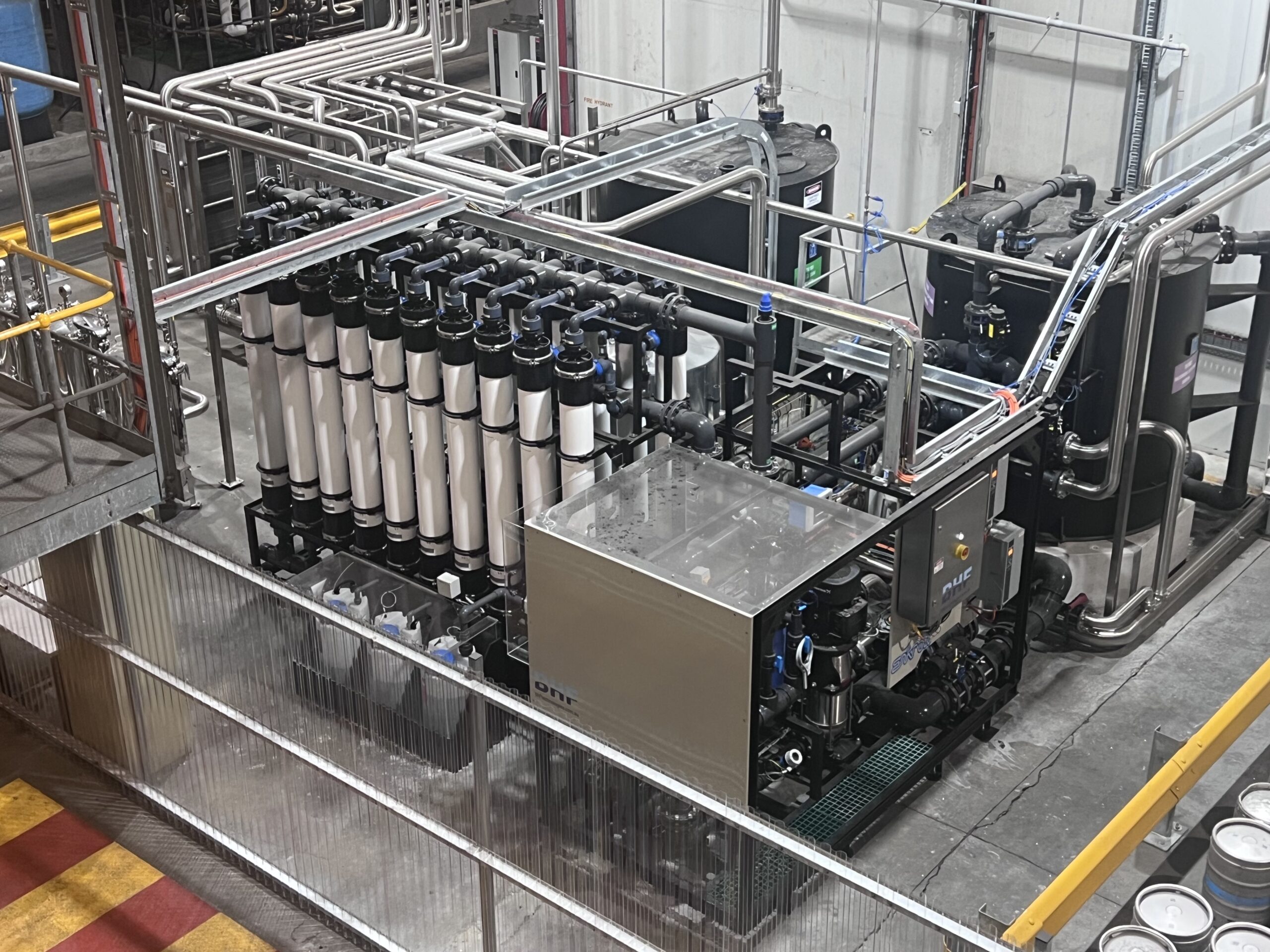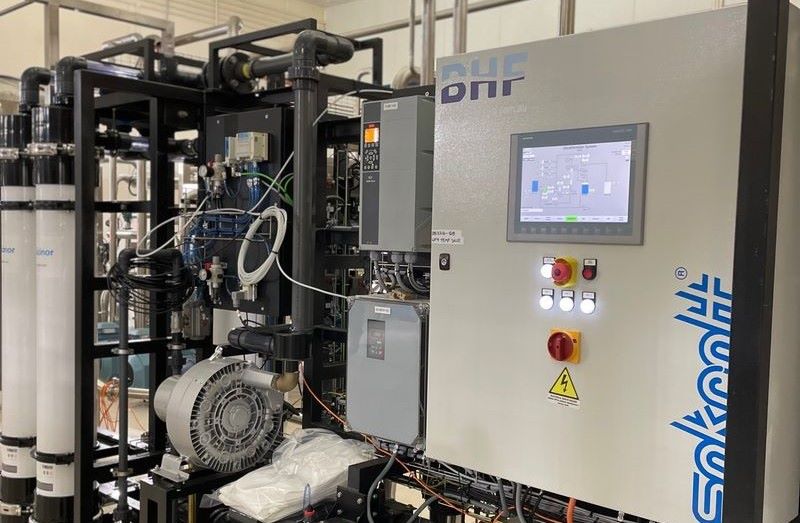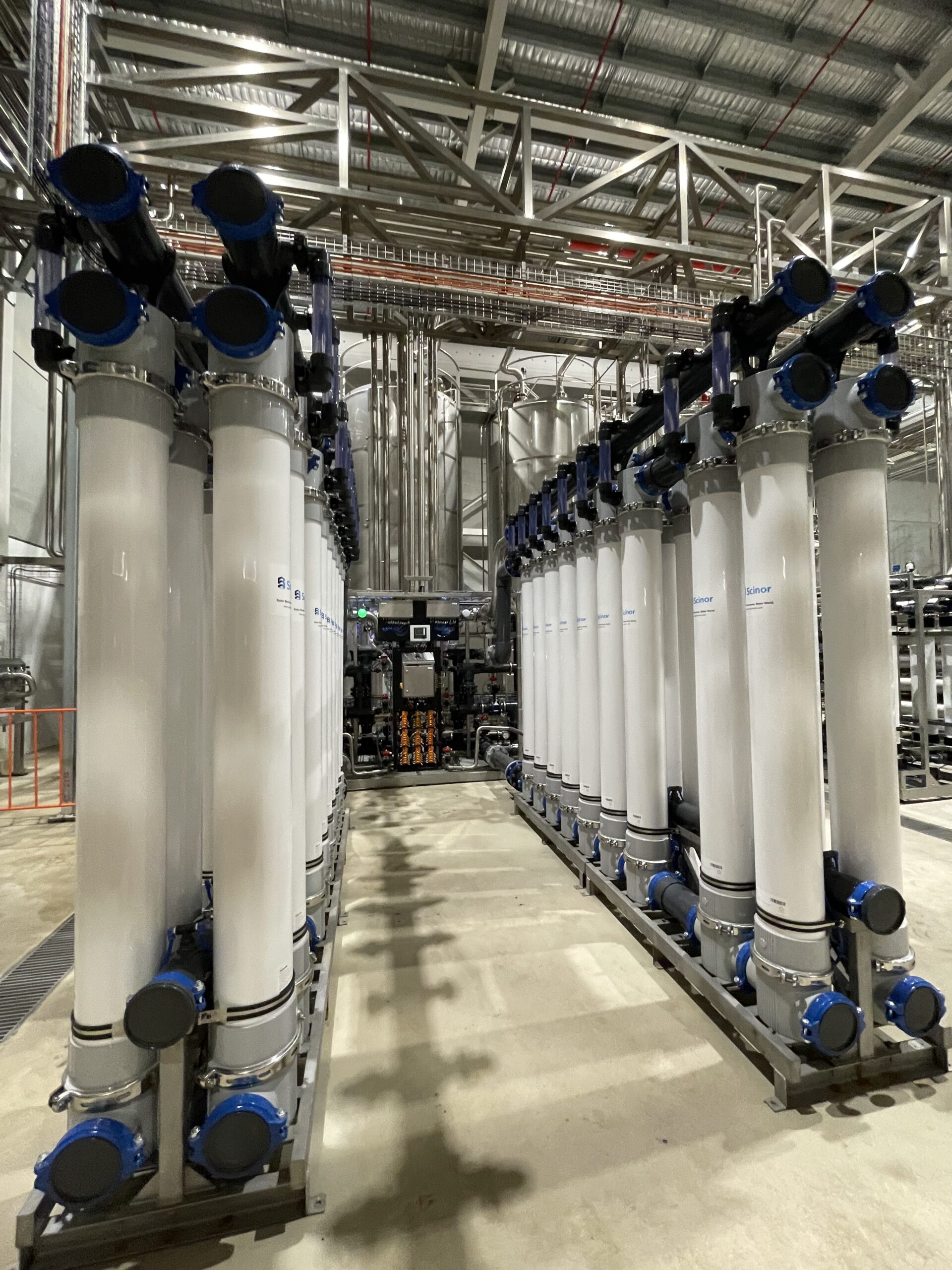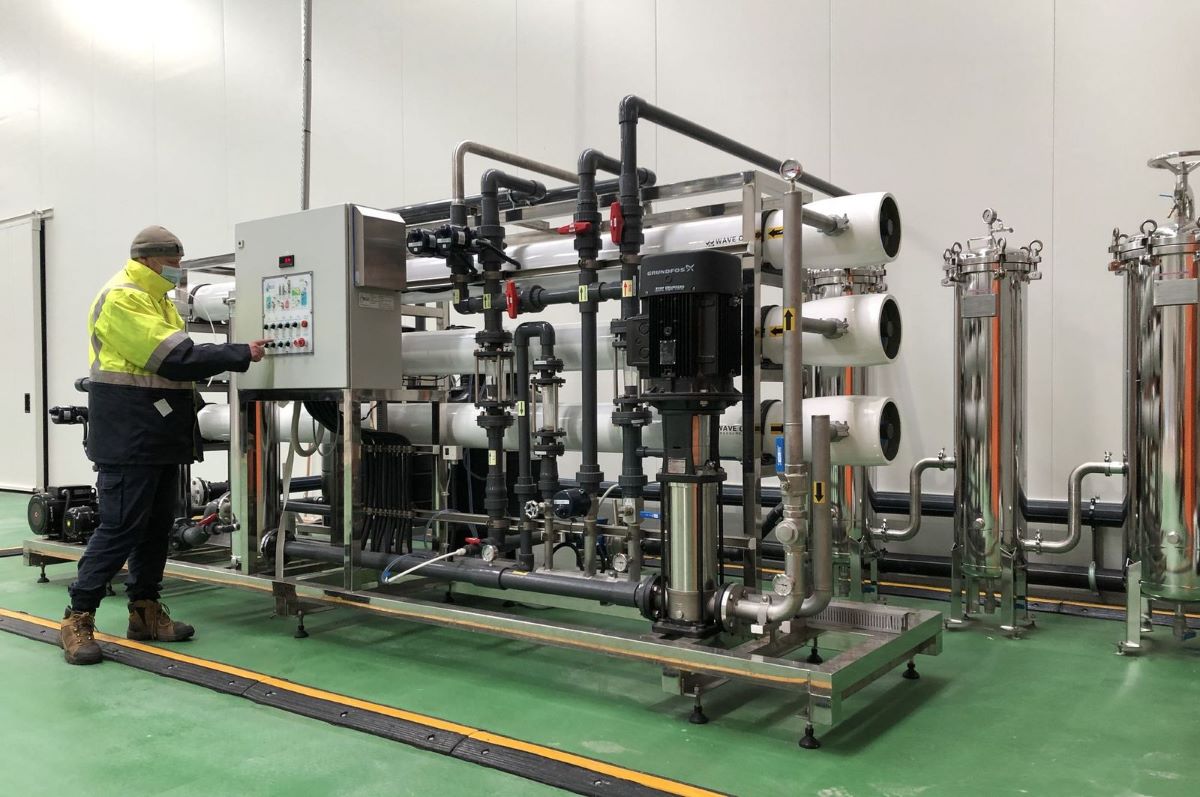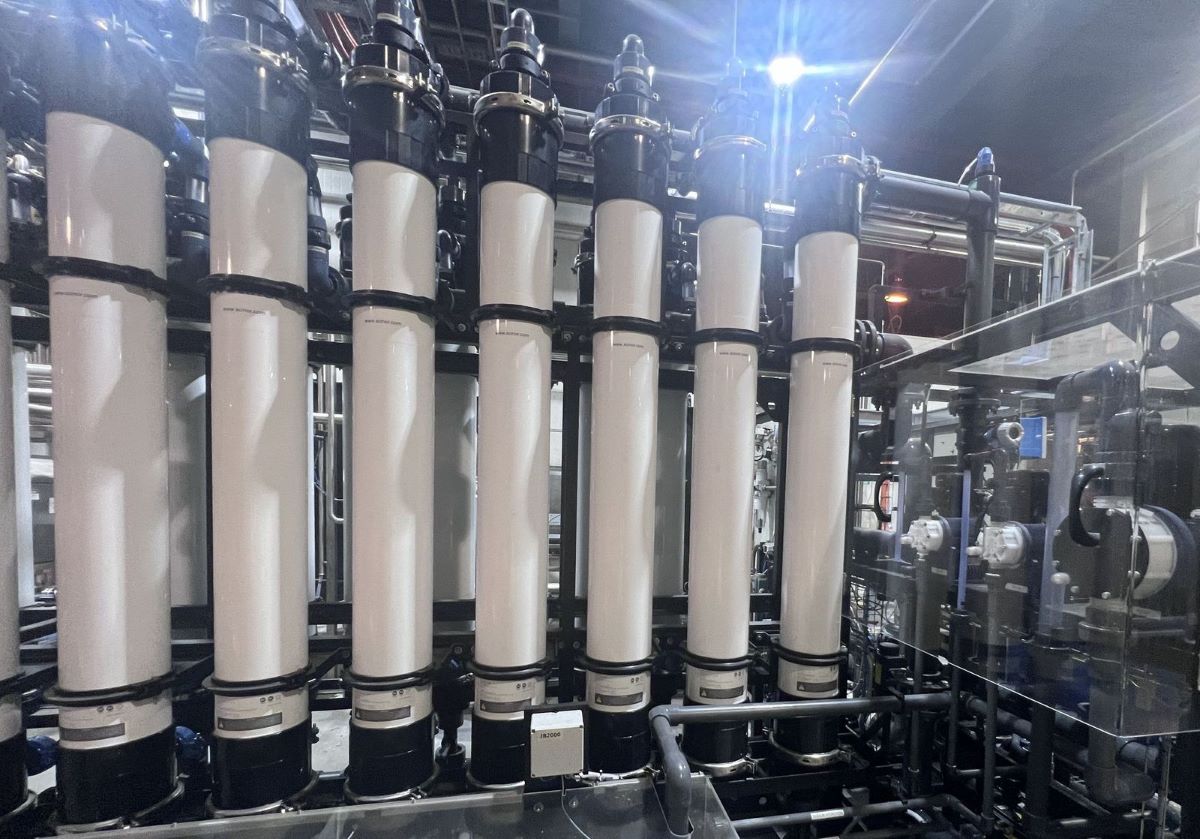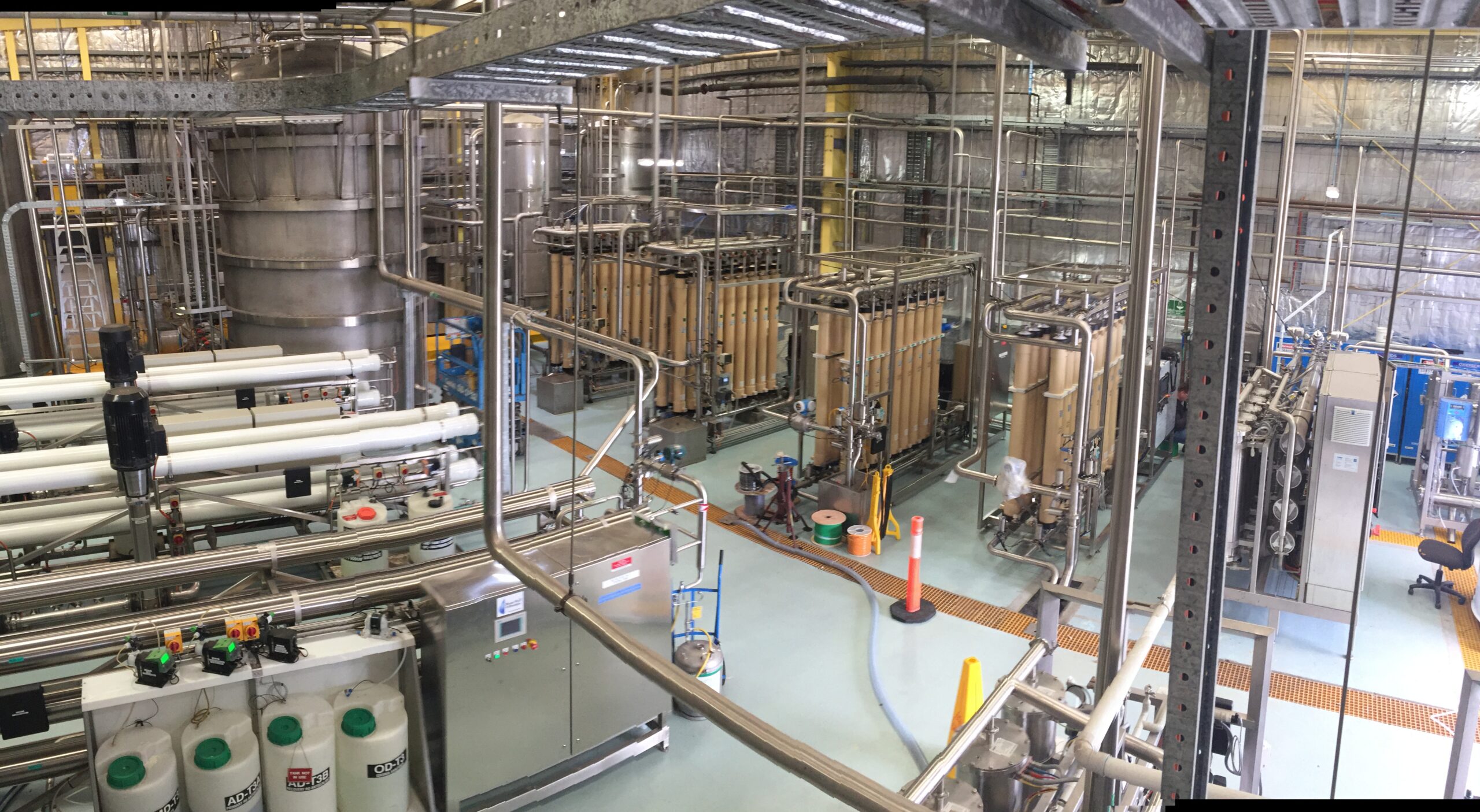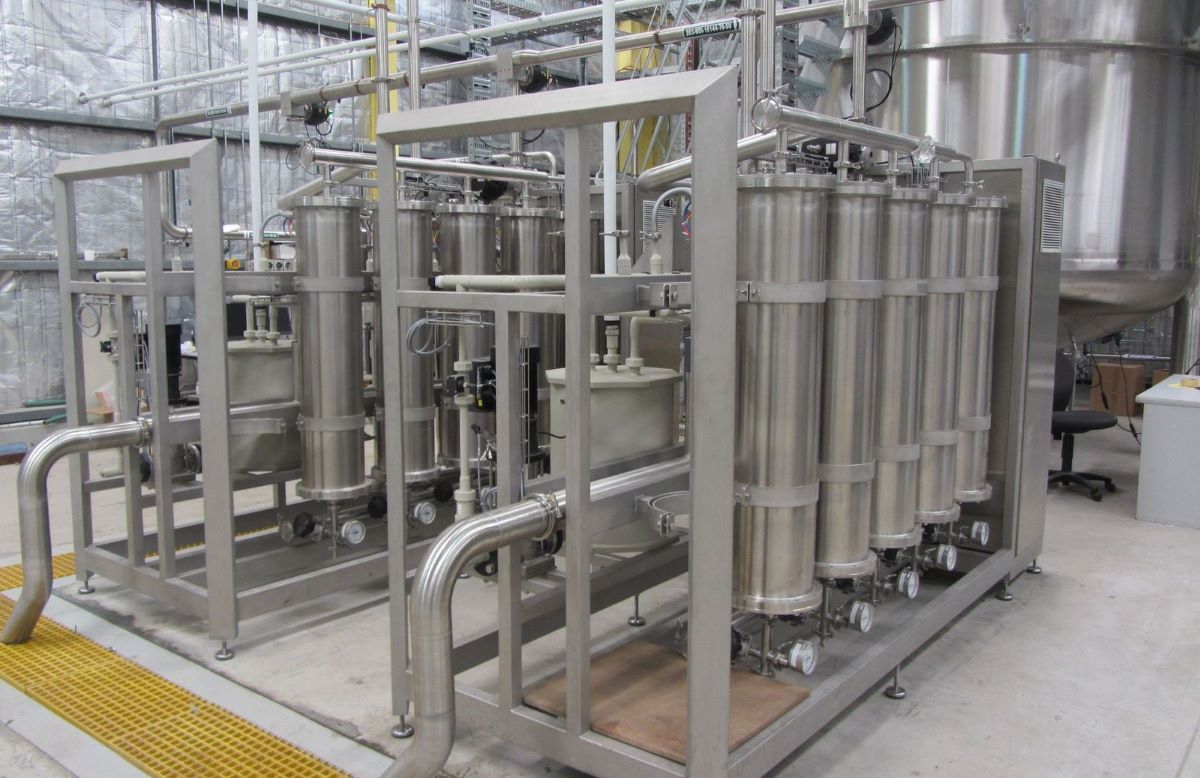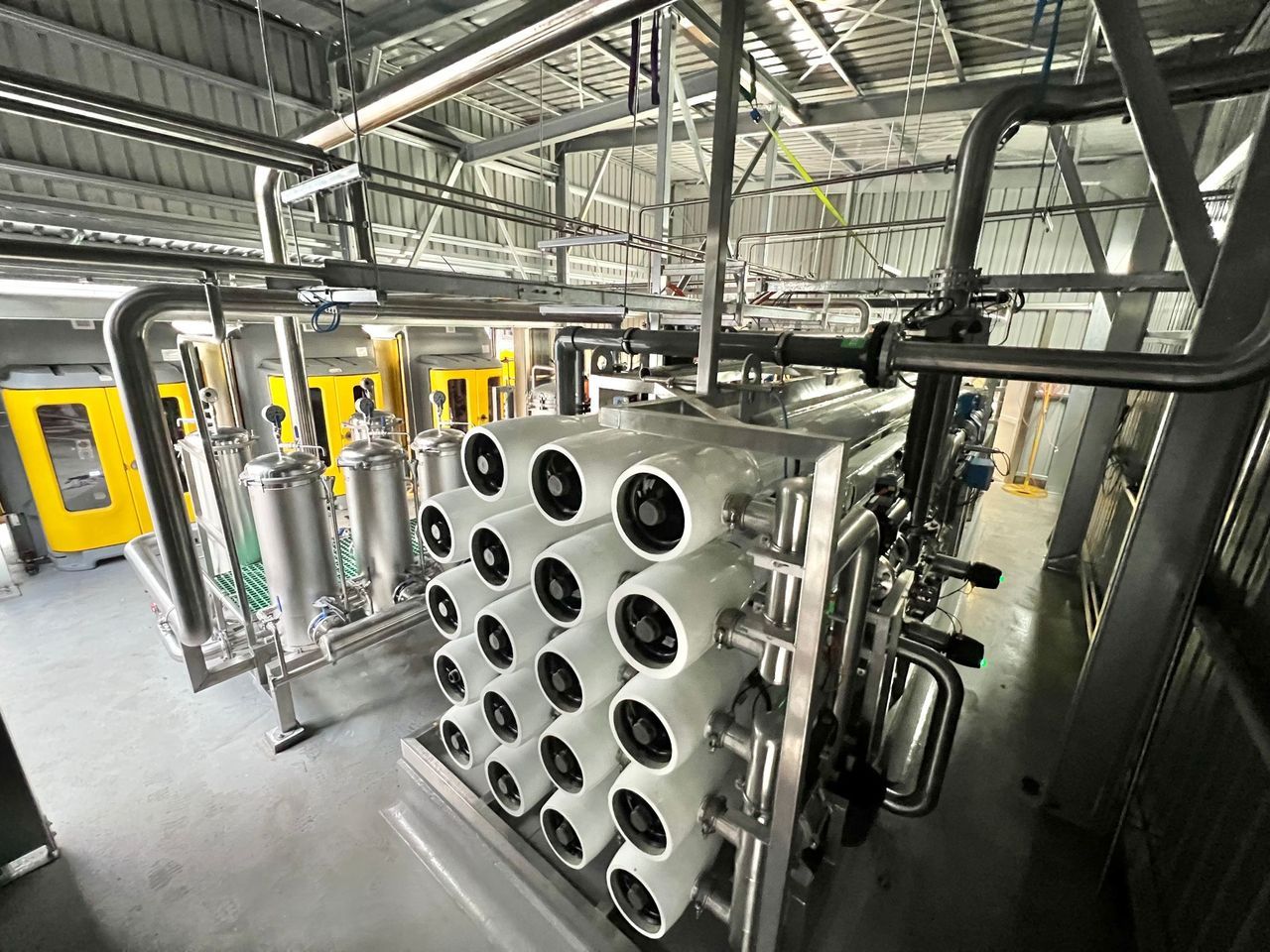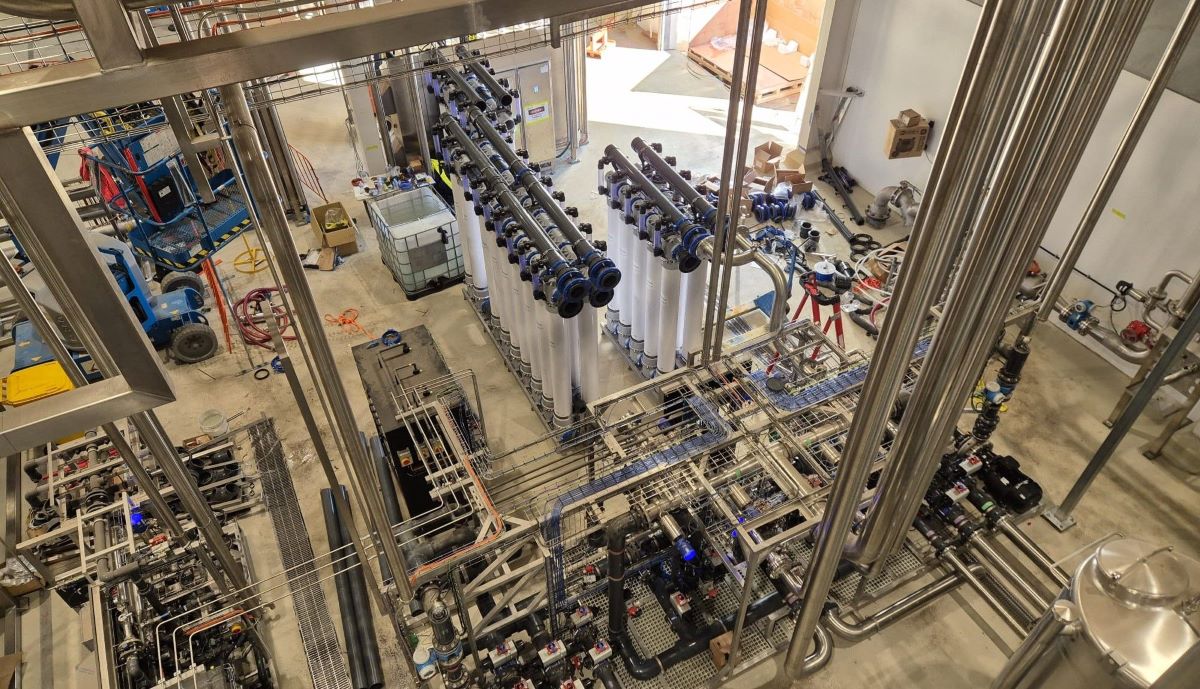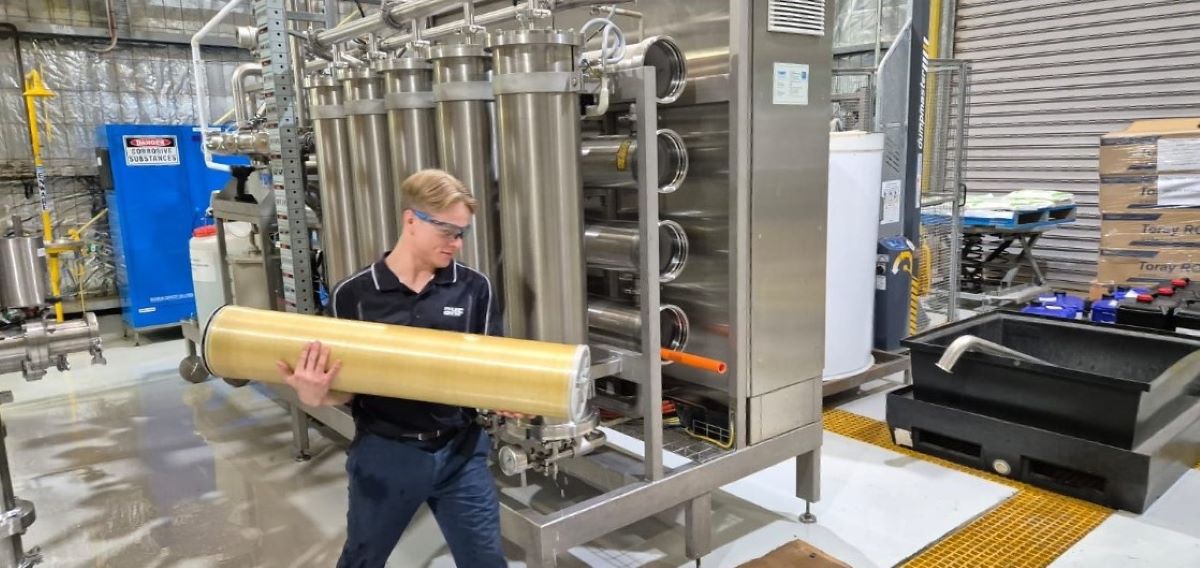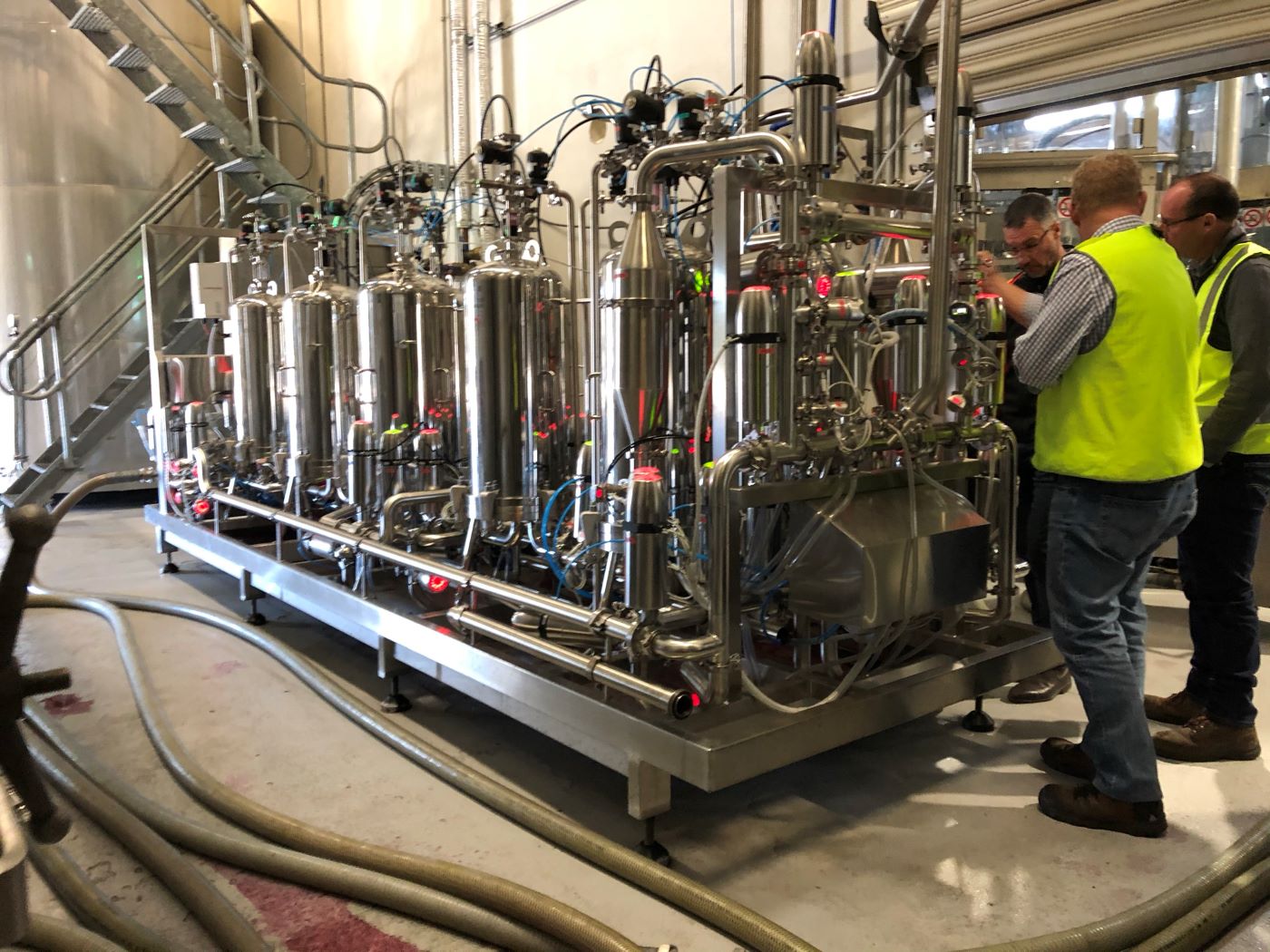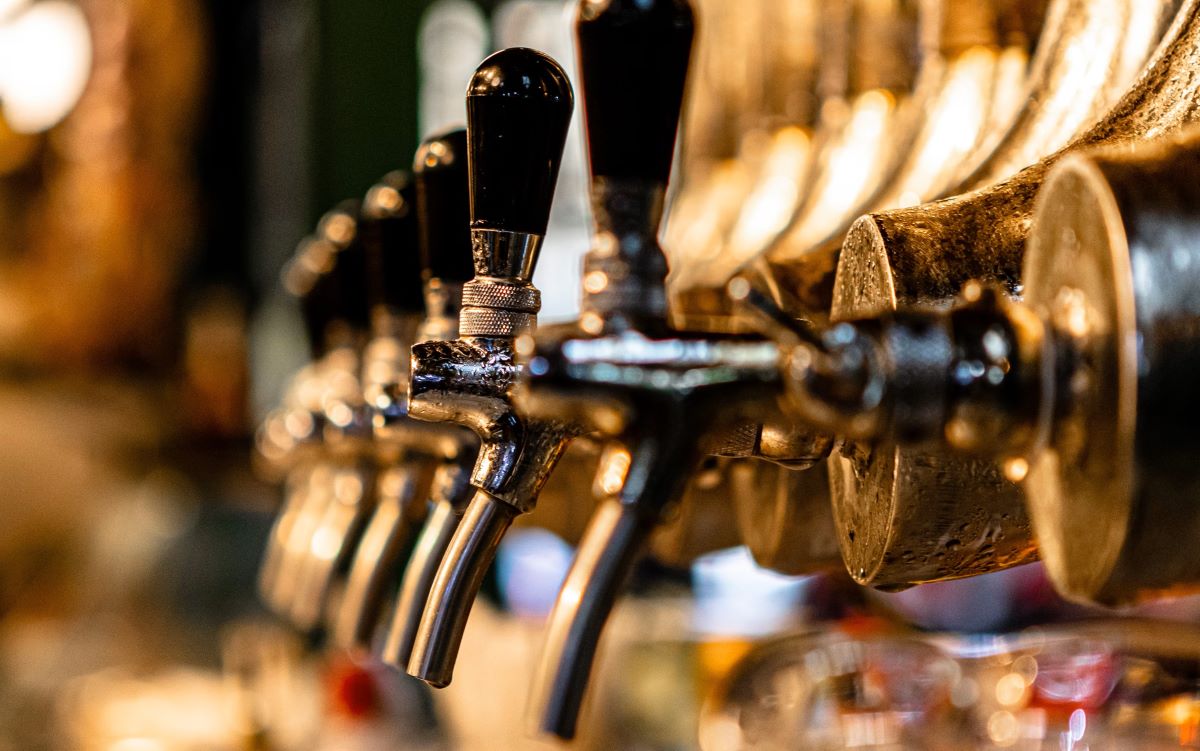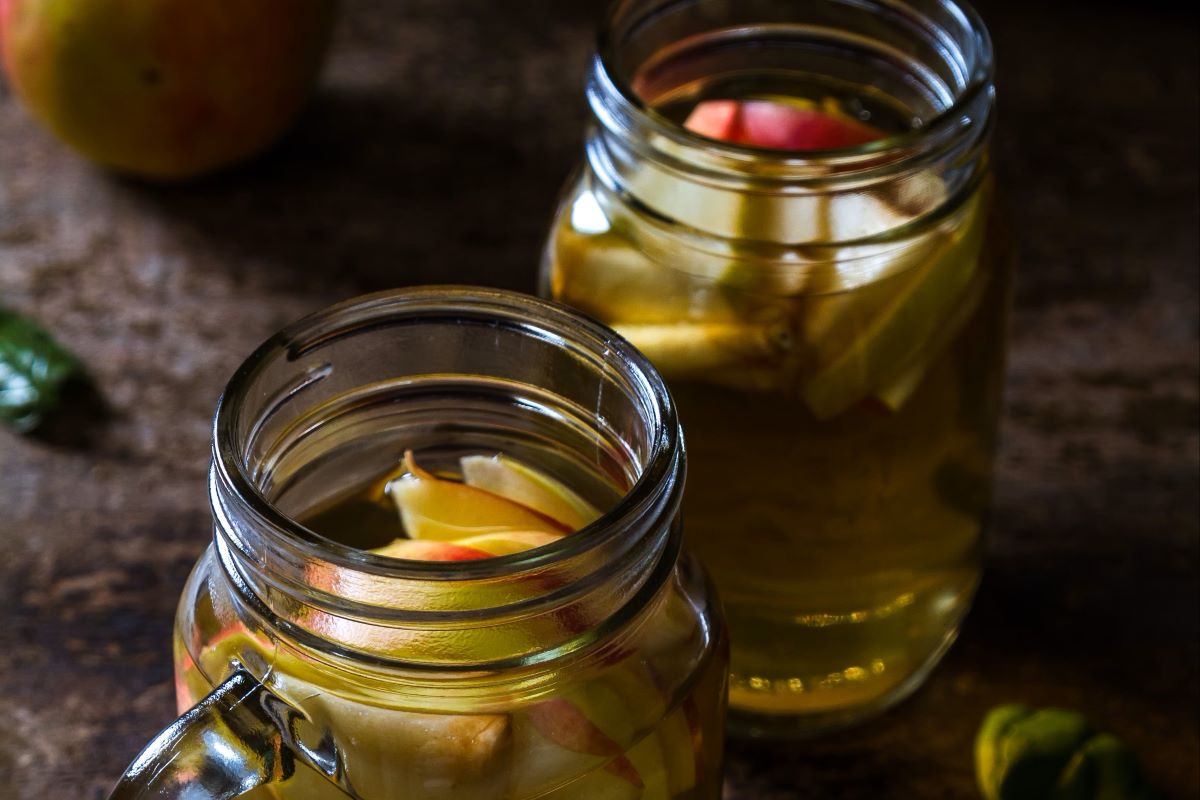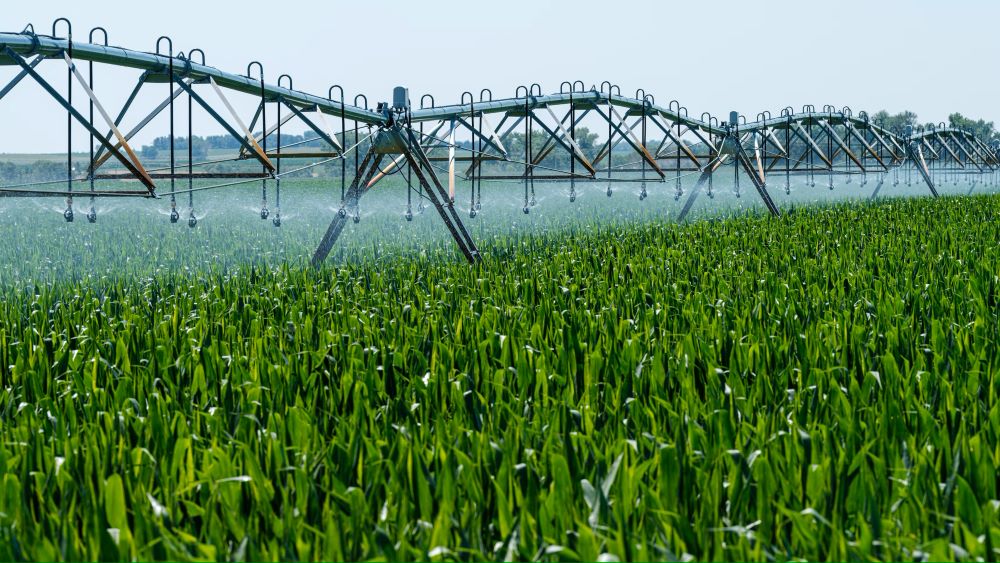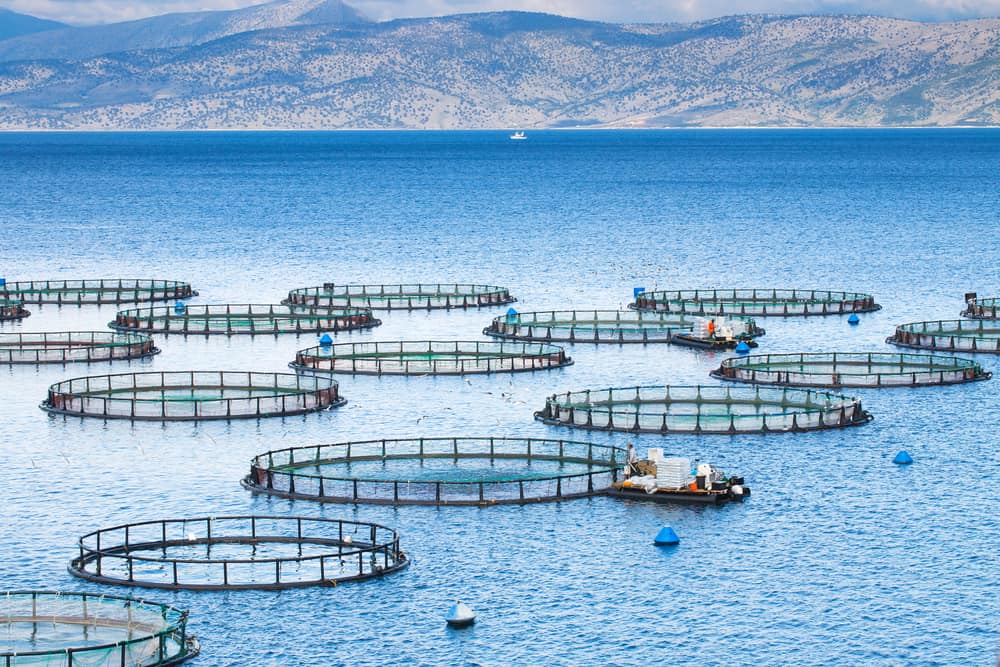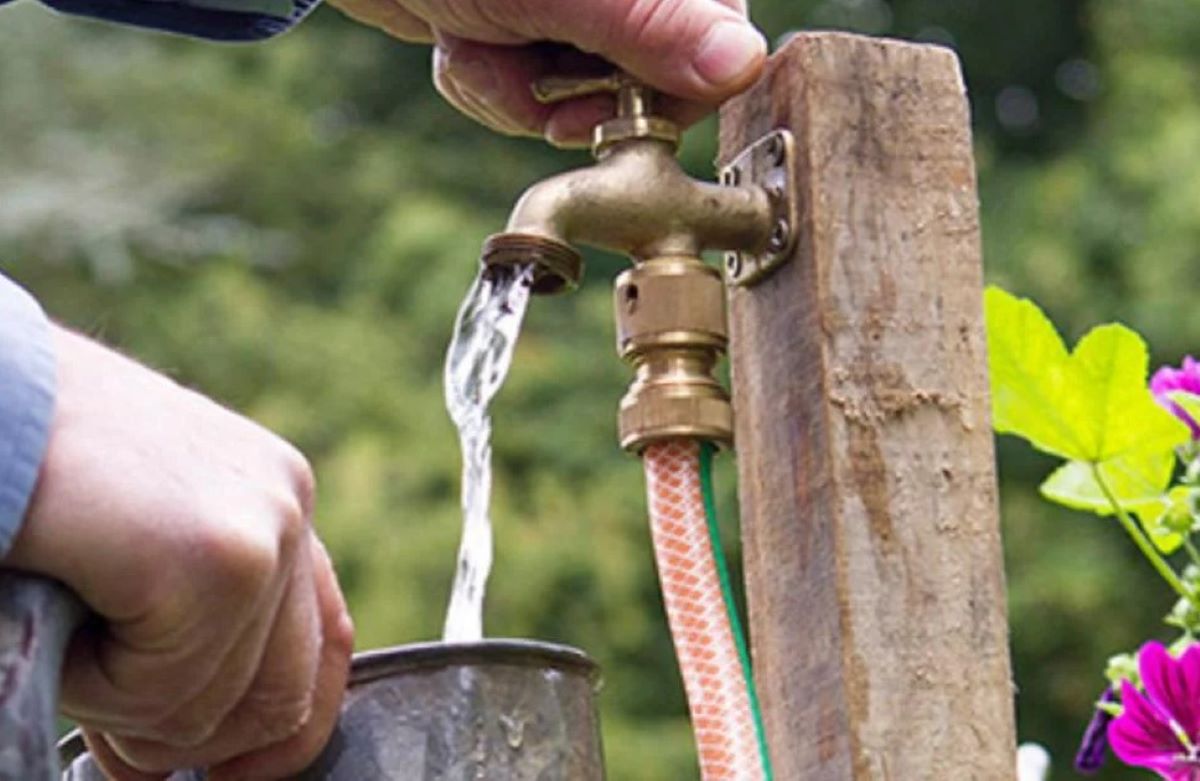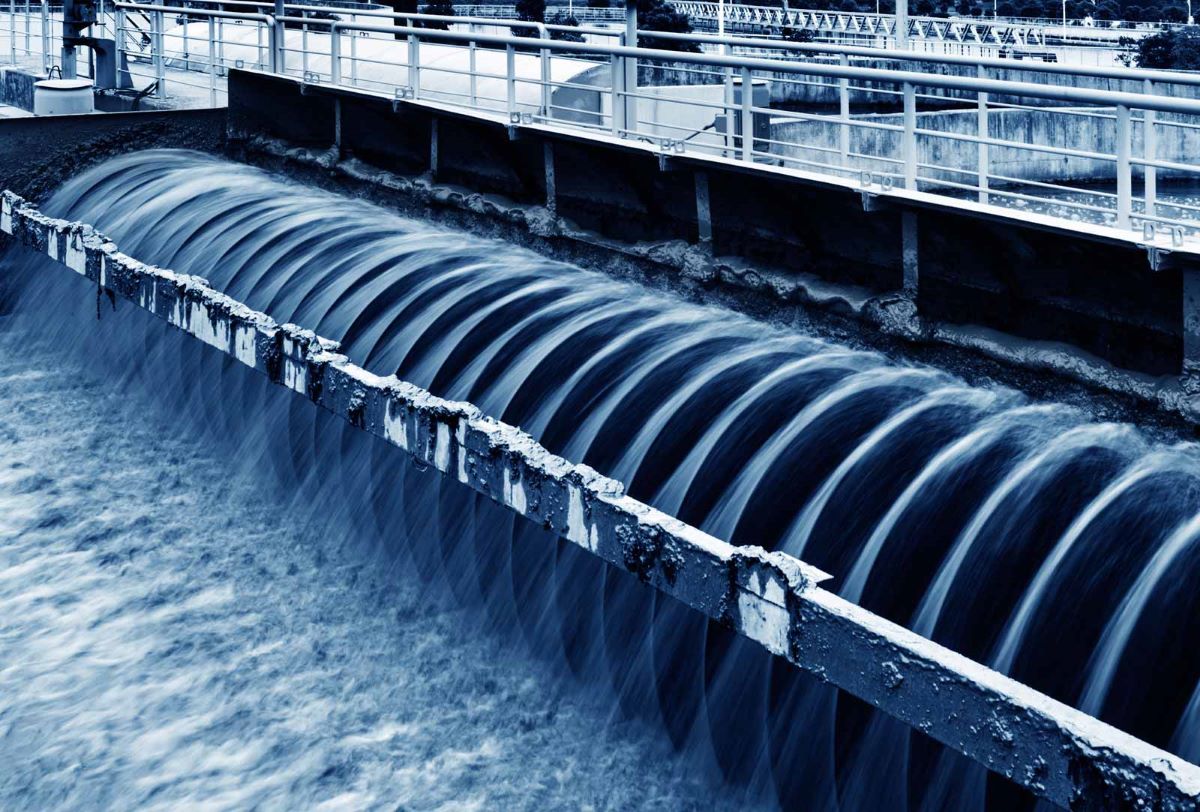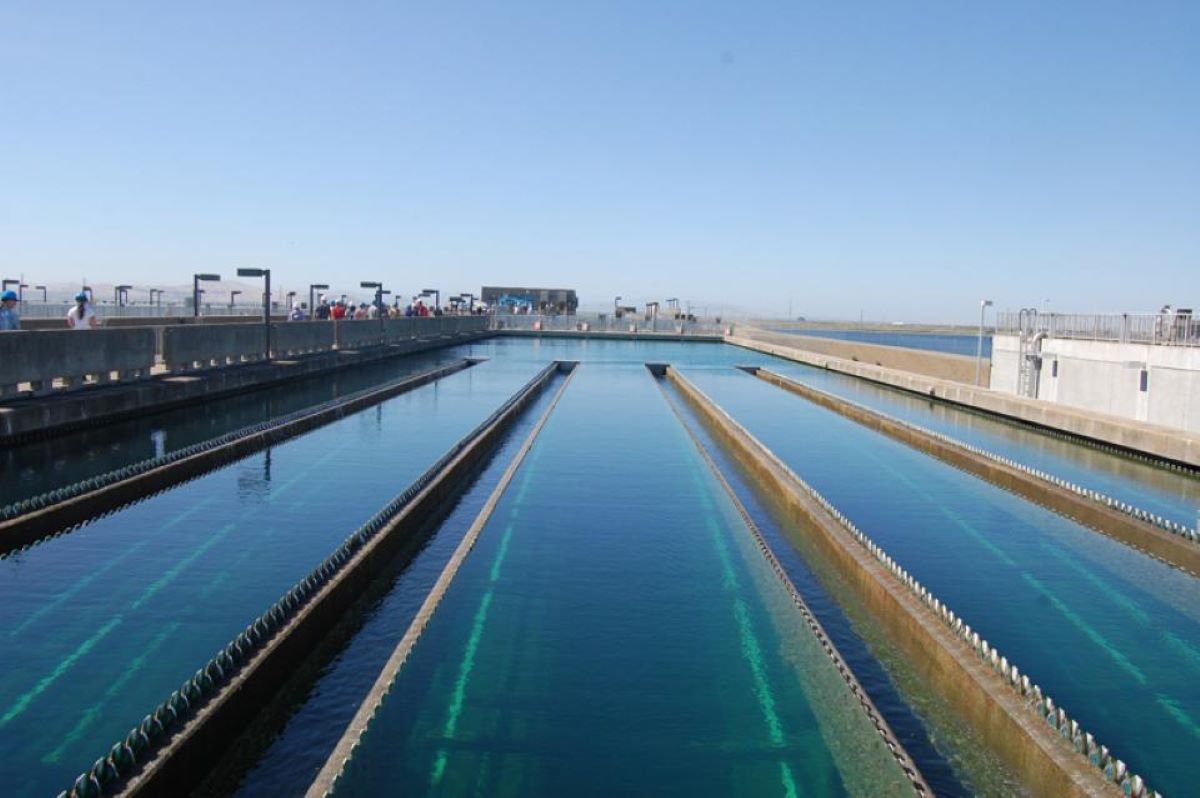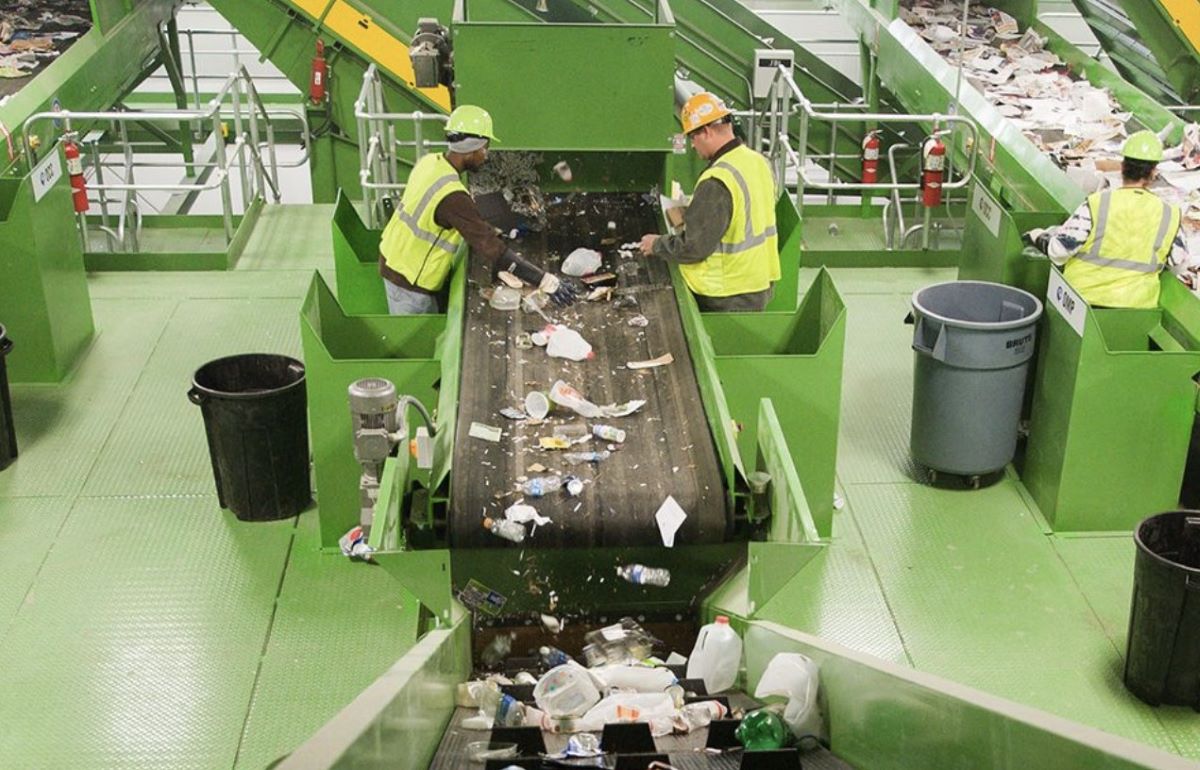Correct Membrane Choice For Measuring Wine Filterability Index
The measurement of FI is quite straightforward, but without appropriate methods and equipment it can be cumbersome and time consuming for laboratory staff. Typically, a sample is delivered to a membrane disc at a constant 2 bar, with the time recorded to pass 200 and 400 mL (or g, in the case of the BHF automated FI unit). A simple calculation provides the filterability index: FI = T400-2T200
Any fouling of the membrane slows the flow of sample, increasing T400, and so when the formula is applied an index is generated. The assay can be performed manually, but it is far easier to use an automated unit. Critically, the membrane discs used for FI determination must be the same as those membranes used at bottling.
FI measurement does not replicate the bottling process, but is used to detect problem wines, specifically those that will cause unacceptable loading of the final membranes, and represents a way of avoiding both production delays for the packager and elevated filtration costs for the customer.
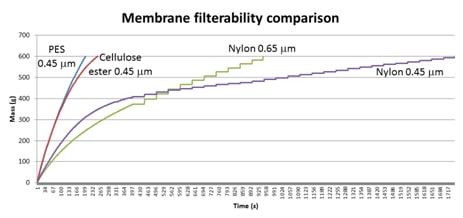
Some laboratories not only use different methods for FI analysis, but also different membrane discs (e.g. PES, nylon or cellulose ester), disc sizes (25mm or 47mm) and membrane porosities. In Australia 0.45µm final membranes are typically used, and increasingly PES is gaining prominence over nylon as the material of choice for several reasons.[/lgc_column]
To understand the importance of using the correct membrane disc to measure filterability, consider the comparison in the figure above, in which the same wine was measured for FI using 4 different types of membrane. For each membrane type different filterability behaviour is observed, and so the measured filterability indexes would be vastly different. Correct FI measurement protects both the customer and the bottler by helping to avoid expensive filtration costs.

